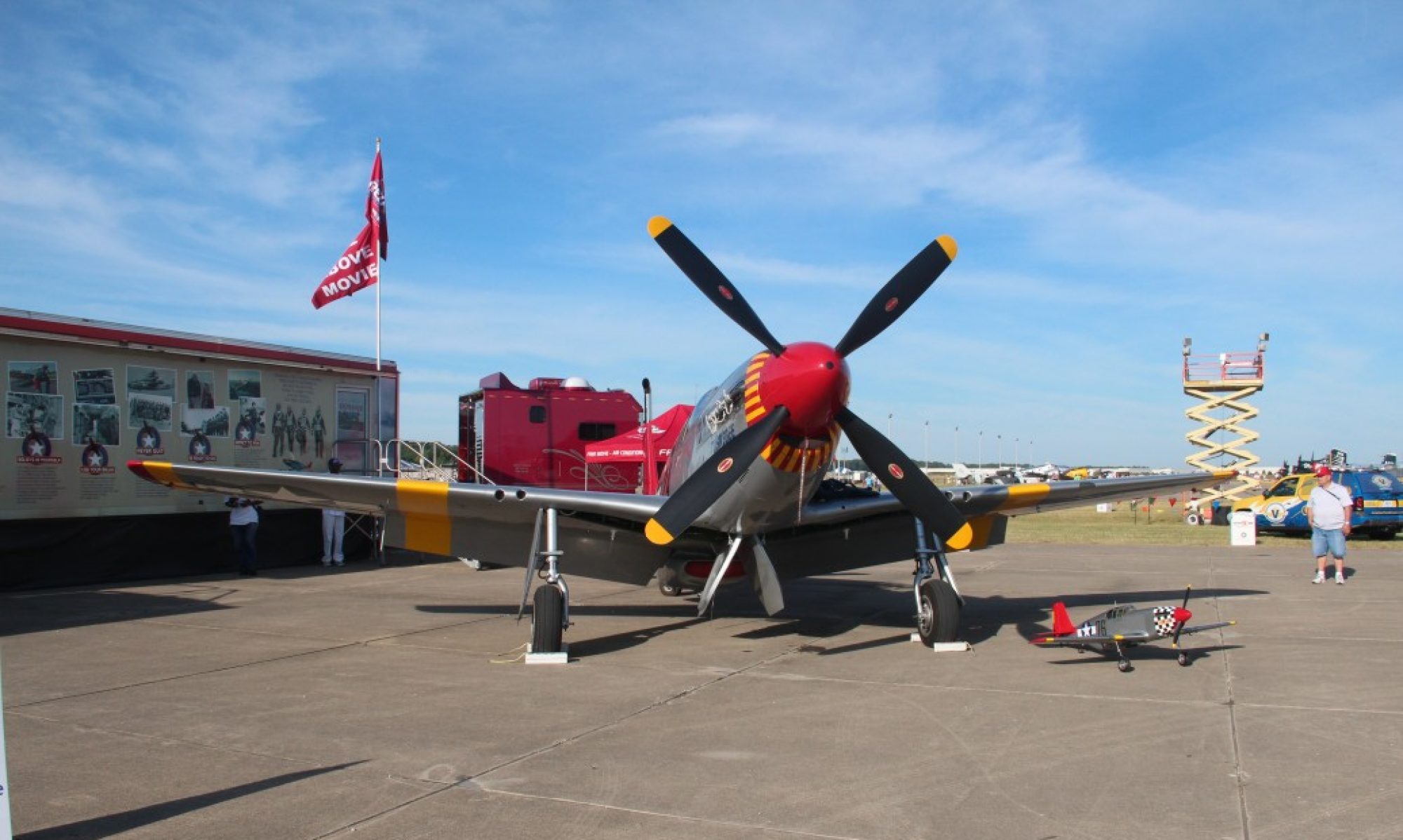The Carbon Z Cub flew on 3 different battery packs on New Year’s day and considering the temperature (15F or so) and the winds (~15MPH and largely across the runway) it flew quite well. Flying with a stock setup with the exception of the Dubro 6″ inflatable tires, the recommended 3200mah 30C E-Flite 6S pack kept the cub up for somewhere between 10-13 minutes. This flight was a fair mix of smooth and easy flying mixed with loops, rolls, stall turns, etc… Especially considering the temperature, I was quite happy with the flight time. Testing back in the shop showed all cells at between 3.70 and 3.74V and a recharge required 3006ma before the charger shut off and the cells stabilized at 4.17-4.18V per cell. I did not even fly to the point of voltage cut-off but I imagine I was very close!
The second battery is a GForce 40C 3700mah 6S. I flew approximately 10 minutes and later testing showed the cells at ~3.8V per cell. Recharge took 2863ma to bring the battery up to 4.19-4.20v per cell. Again, I did not fly ’till cutoff and it appears I had another 2 or 3 minutes of flight time available at a minimum.
The Dubro wheels, which add 3/4 of a pound of weight to the aircraft, may have had a minor effect on the climb rate of the Carbon Z but it was still able to climb straight up for at least a couple hundred feet and then hold a hover, though pulling up out of the hover is only possible early in the pack. I am very happy with this level of performance.
The other effect of the additional weight is a shift in the balance since the wheels are well forward. Using the Mills battery tray, it is fairly easy to push the batteries way back and keep the balance only slightly ahead of the recommended.
The cub was quite manageable in the 15 MPH crosswind… keep in mind I do NOT have an AS3X receiver in my aircraft… though I would prefer not to be flying in any stronger crosswinds!
I did get a TM1000 Telemetry receiver installed before the flight so I have records showing the receiver voltage and battery temperature for the flights. Since the batteries were kept warm before hand they mostly started around 50-55 degrees and showed a slight temp increase toward the end of the flights… only a few degrees overall. Likewise the receiver voltage was pretty stable. Staying between ~4.8-5V for the entirety of the flights.
I have some plans to add a high current sensor as well as possibly a voltage sensor on the main battery connection and altimeter. I may also move the temperature sensor to the speed controller…
Also, I got in a very short flight with a borrowed 5 cell pack. What I failed to take into account is that the E-Flite speed control is set (by default) to use 6S packs! This led to some anxious moments when shortly after takeoff, the pulsing of the motor that signals the battery is low was clearly heard! This quickly reminded me of the default setting… which I had meant to override. A bit of careful throttle management got the cub back around and on the ground safely. If you intend to fly anything aside from 6S packs, I highly recommend you reset the speed control to the “automatic/70%” setting so it will warn you of a low voltage only at the appropriate time based on the original voltage seen at power up.
Be warned that if you elect to utilize this setting, you should insure that a fresh pack is installed at each power up as anything else may fool the controller into setting its cutoff voltage to something that could easily be low enough to damage the pack if you actually reach the “pulsing” warning level.
Finally, of course I came back with more paint loss around the front battery hatch <sigh>. I intend to make some further efforts to help limit this problem but I want to get some “personalization” done first so for now it looks like just continuing to touch up after every flying session will be the rule.
